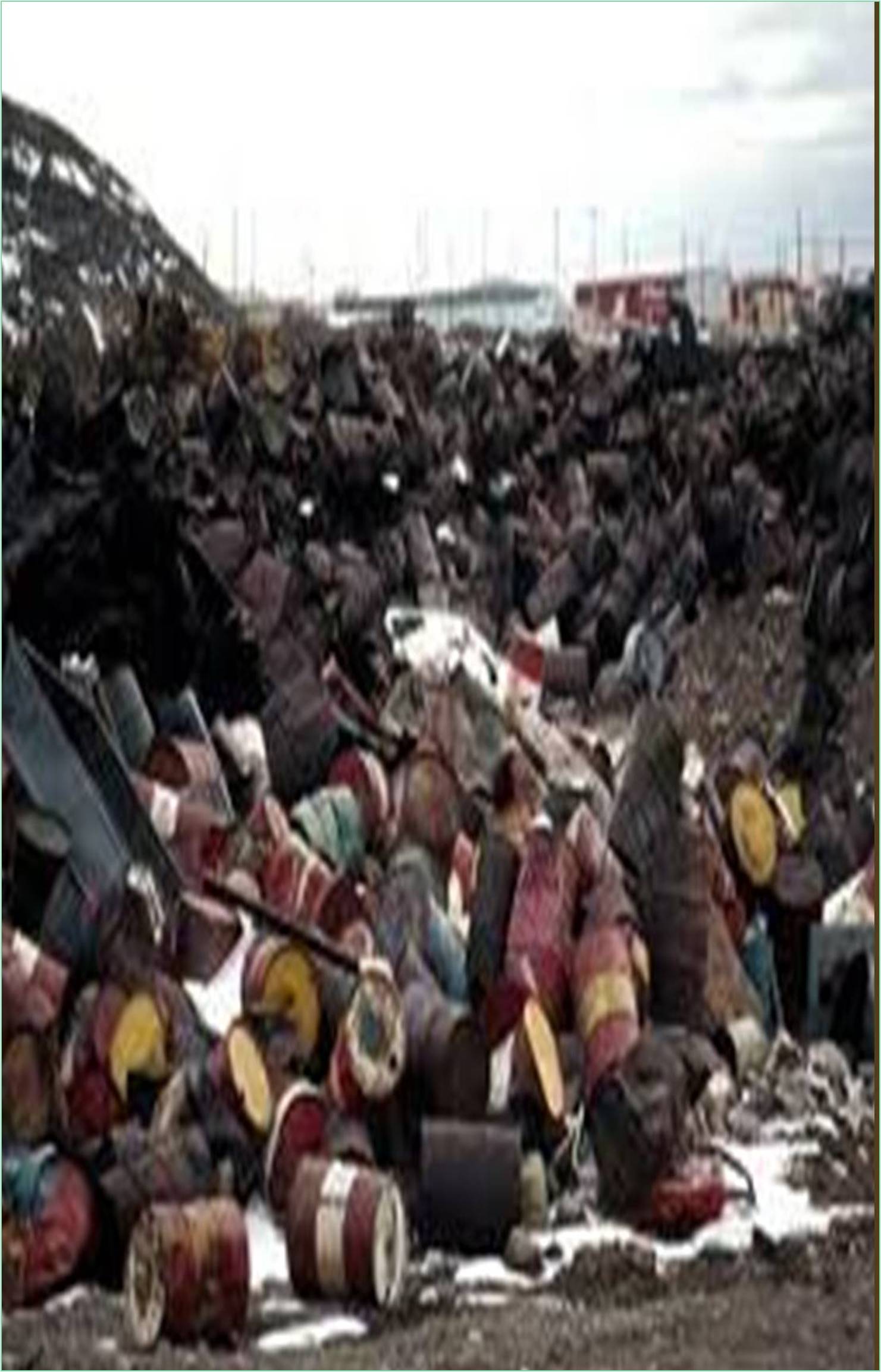



Received: 25-Jan-2022, Manuscript No. GJPHWM-22-59015; Editor assigned: 31-Jan-2022, Pre QC No. GJPHWM-22-59015 (PQ); Reviewed: 14-Feb-2022, QC No. GJPHWM-22-59015; Revised: 21-Feb-2022, Manuscript No. GJPHWM-22-59015 (R); Published: 28-Feb-2022, DOI: 10.15651/GJPHWM.22.5.15
Water pollutants is the addition of materials or strength forms that directly or indirectly alter the character of the water frame in such a way that negatively influences its legitimate uses. Therefore, pollution is associated with concepts attributed to humans, namely the terrible changes and the makes use of the water frame. Water is generally known as polluted while it’s miles impaired via way of means of anthropogenic contaminants. Here we discuss the effects involved in ground water contamination.
Ground water infection is sort of always the result of human activity. In areas where population density is high and human use of the land is intensive, ground water is particularly vulnerable. Virtually any activity whereby chemical compounds or wastes can be released to the environment, both intentionally and accidentally, has the capability to pollute ground water. When ground water will become contaminated, it is difficult and expensive to clean up. Begin to address pollution prevention or remediation; we must recognize how surface waters and ground waters interrelate. Ground water and surface water are interconnected and may be completely understood and intelligently managed only when that reality is acknowledged. If there may be a water supply well near a source of contamination that well runs the danger of becoming contaminated. If there’s a nearby river or stream, that water body may grow to be polluted through the ground water.
These contaminants can move rapidly through fractures in rocks. Fractured rock gives a completely unique trouble in locating and controlling contaminants due to the fact the fractures are commonly spaced and do not observe the contours of the land surface or the hydraulic gradient. Contaminants also can pass into the ground water system through macropores root systems, animal burrows, abandoned wells, and other systems of holes and cracks that supply pathways for contaminants. In areas surrounding pumping wells, the ability for infection will increase because water from the area of contribution, a land region larger than the original recharge place, is drawn into the properly and the surrounding aquifer. Some consuming water wells virtually draw water from nearby streams, lakes, or rivers. Contaminants found in these floor waters can contribute infection to the floor water gadget. Some wells depend on artificial recharge to increase the quantity of water infiltrating an aquifer, regularly the use of water from hurricane runoff, irrigation, business processes, or handled sewage. In numerous cases, this practice has resulted in extended concentrations of nitrates, metals, microbes, or artificial chemical substances in the water.
These contaminants can move rapidly through fractures in rocks. Fractured rock gives a completely unique trouble in locating and controlling contaminants due to the fact the fractures are commonly spaced and do not observe the contours of the land surface or the hydraulic gradient. Contaminants also can pass into the ground water system through macropores root systems, animal burrows, abandoned wells, and other systems of holes and cracks that supply pathways for contaminants. In areas surrounding pumping wells, the ability for infection will increase because water from the area of contribution, a land region larger than the original recharge place, is drawn into the properly and the surrounding aquifer. Some consuming water wells virtually draw water from nearby streams, lakes, or rivers.
Contaminants found in these floor waters can contribute infection to the ground water system. Some wells depend on artificial recharge to increase the quantity of water infiltrating an aquifer, regularly the use of water from storm runoff, irrigation, business processes, or treated sewage. In several cases, this practice has resulted in extended concentrations of nitrates, metals, microbes, or artificial chemical substances in the water.